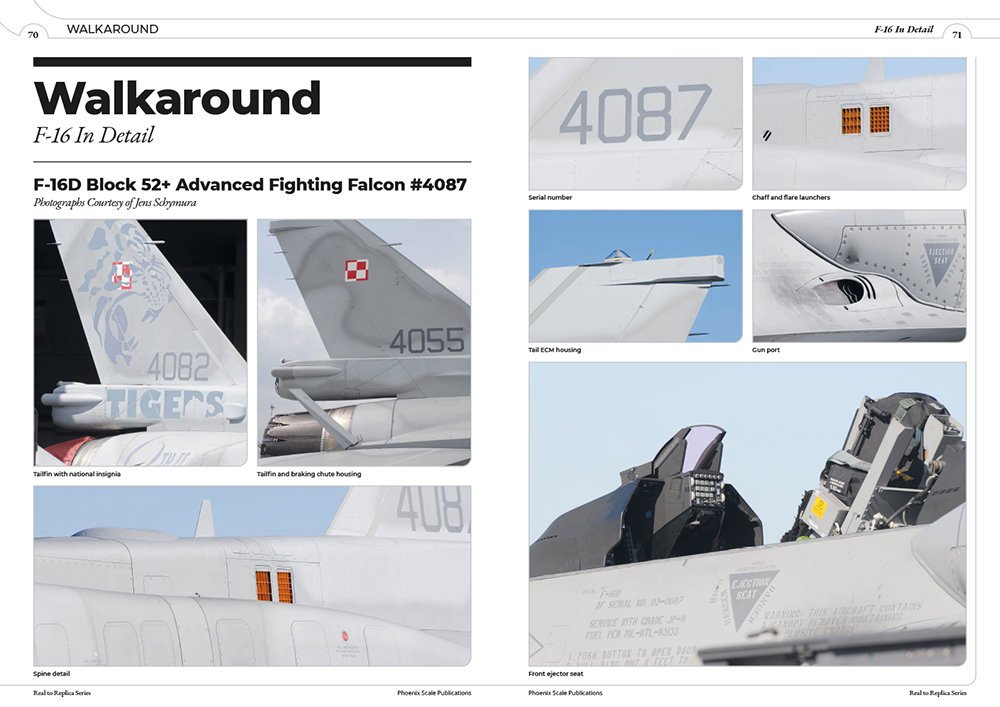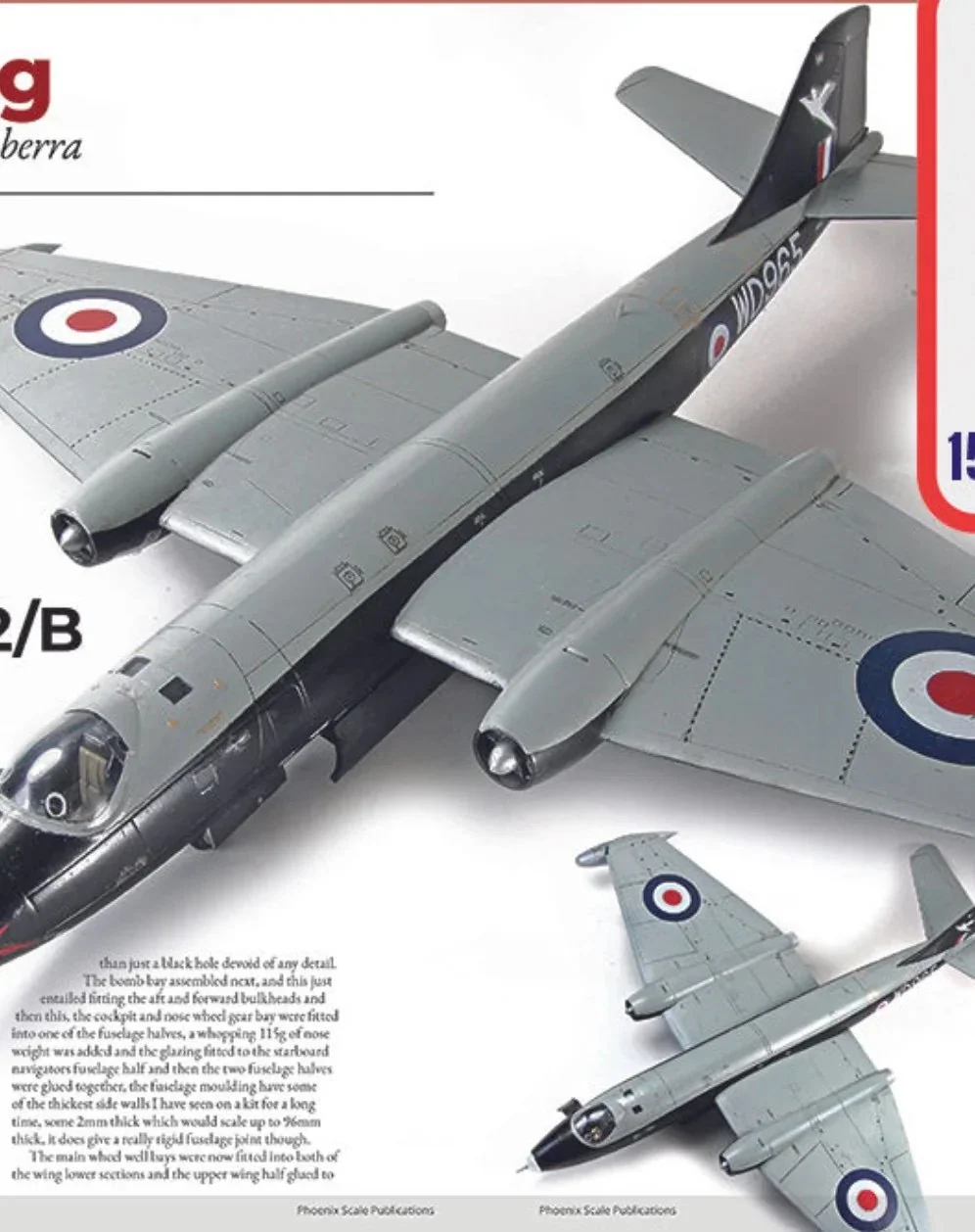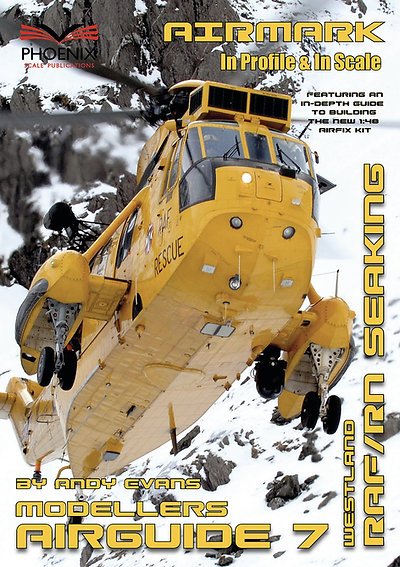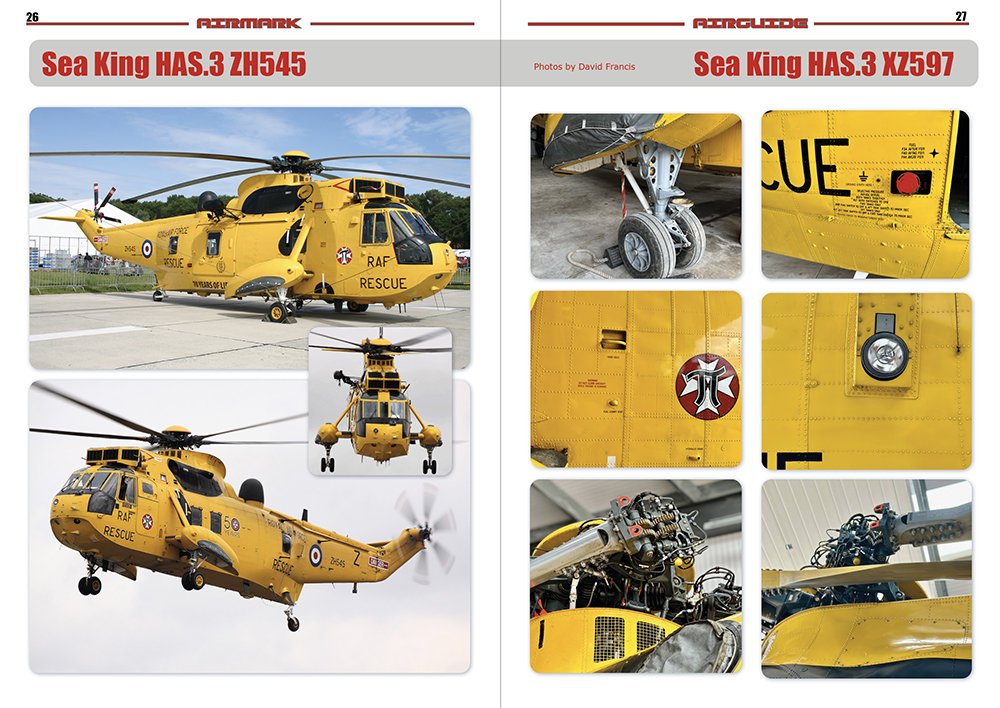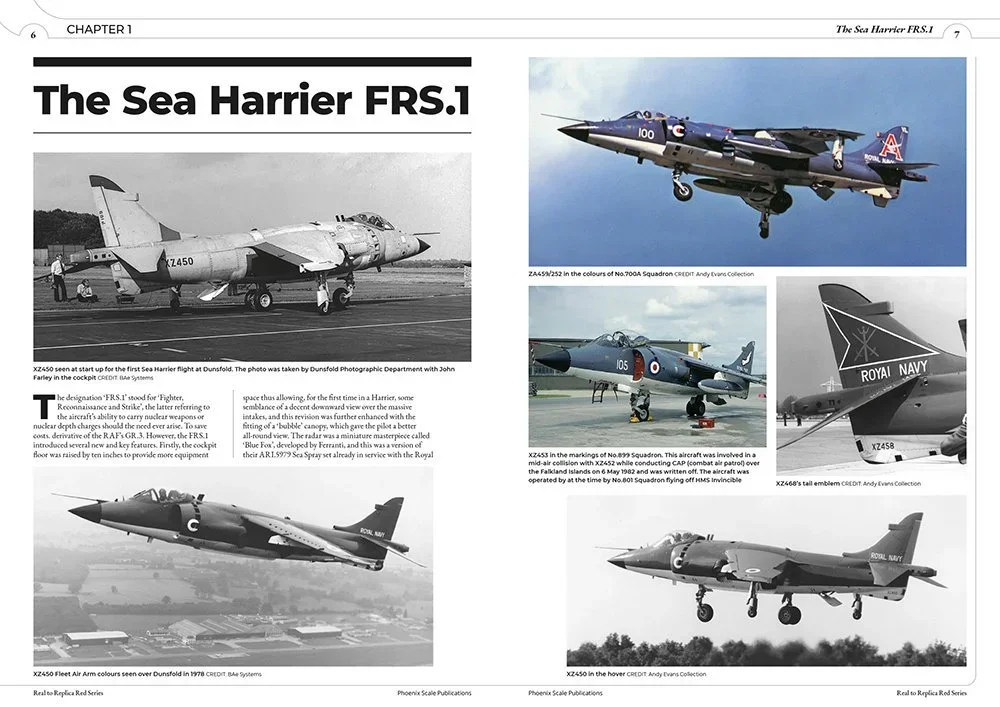
A-5/RA-5C Vigilante Airguide 5 - Airmark
The North American A-5 Vigilante was an American carrier-based supersonic bomber designed and built by North American Aviation for the US Navy. Prior to 1962 unification of Navy and Air Force designations, it was designated the A3J Vigilante. Development of the A-5 had started in 1954 as a private venture by NAA, who sought to produce a capable supersonic long-distance bomber as a successor to the abortive North American XA2J Super Savage. It was a large and complex aircraft that incorporated several innovative features, such as being the first bomber to feature a digital computer, while its ability to attain speeds of up to Mach 2 while carrying a nuclear strike payload was also relatively ambitious for the era. The Navy saw the value of such a bomber, leading to a contract for its full development and production being issued to the firm on 29 August 1956. The type performed its first flight just over two years later, on 31 August 1958. The Vigilante was introduced by the US Navy during June 1961, where it succeeded the Douglas A-3 Skywarrior as the Navy's primary nuclear strike aircraft, but its service in this capacity was relatively brief due to the deemphasising of manned bombers in American nuclear strategy. A far larger quantity of the RA-5C tactical strike reconnaissance variant were also procured by the service, which saw extensive service during the Vietnam War. It also established several world records in both long-distance speed and altitude categories. During the mid-1970s, the withdrawal of the type commenced after a relatively short service life, largely due to the aircraft being expensive and complex to operate, as well being a victim of post-Vietnam military cutbacks. The Airmark series is a smaller, one stop, full colour book of a specific aircraft, with background details, walk arounds, colour side profiles and model builds, ideal for the enthusiast and modeller alike.







